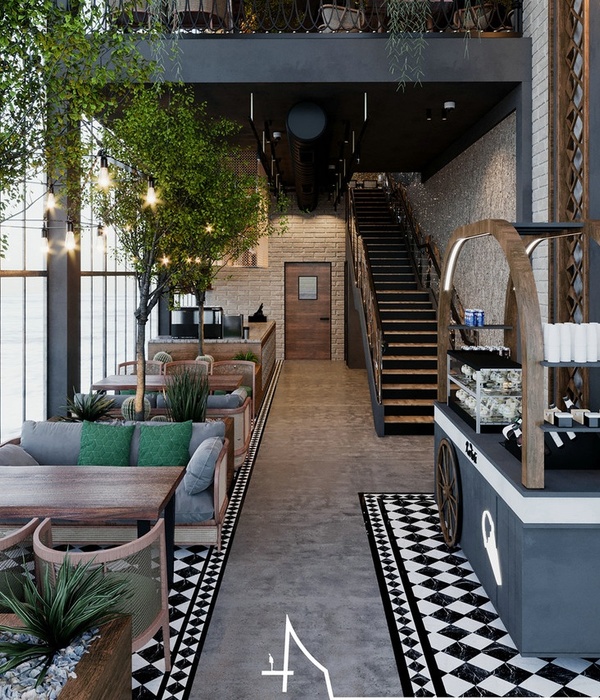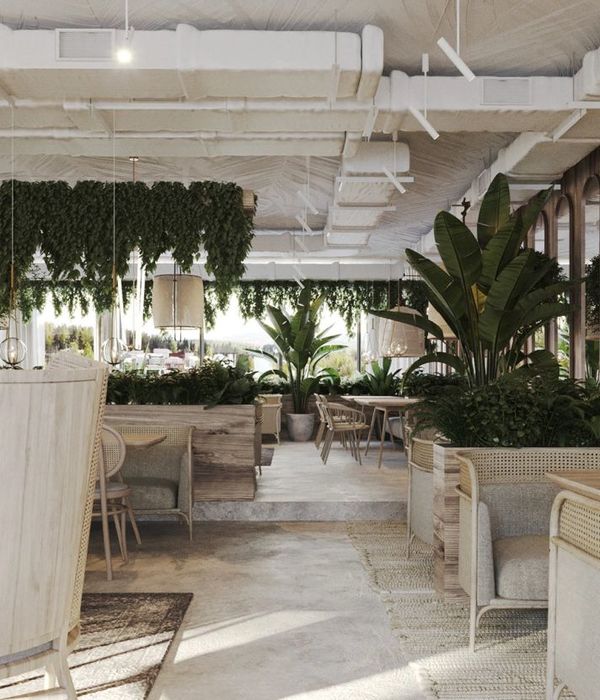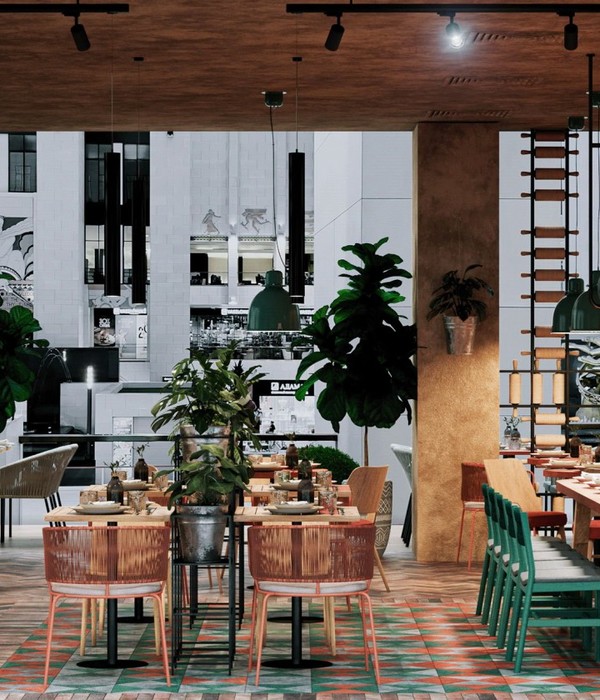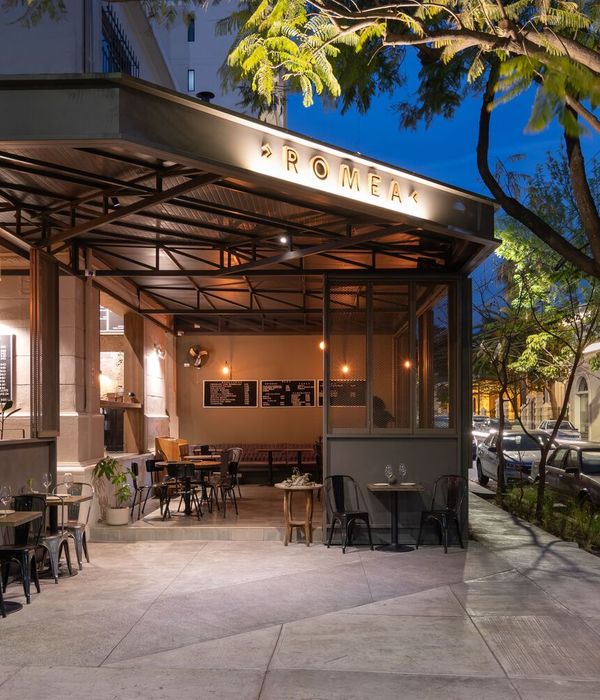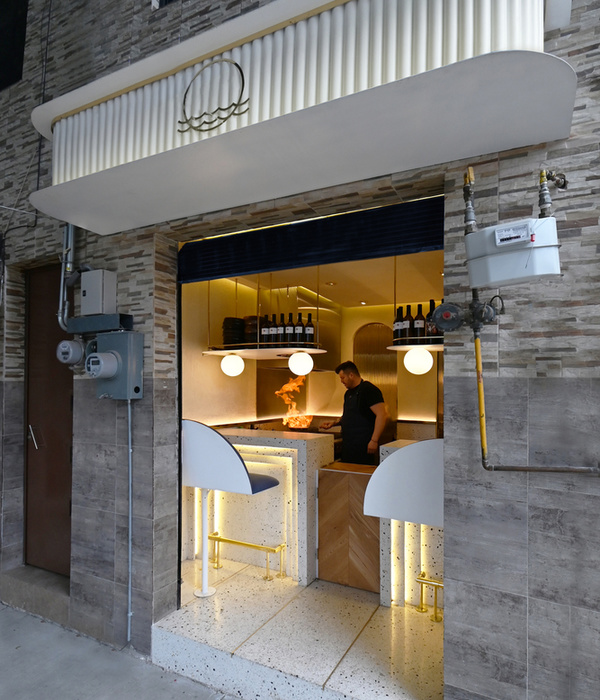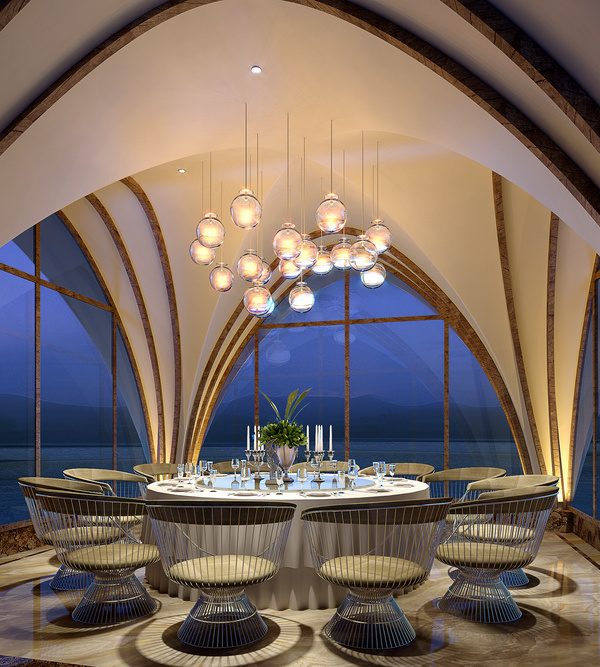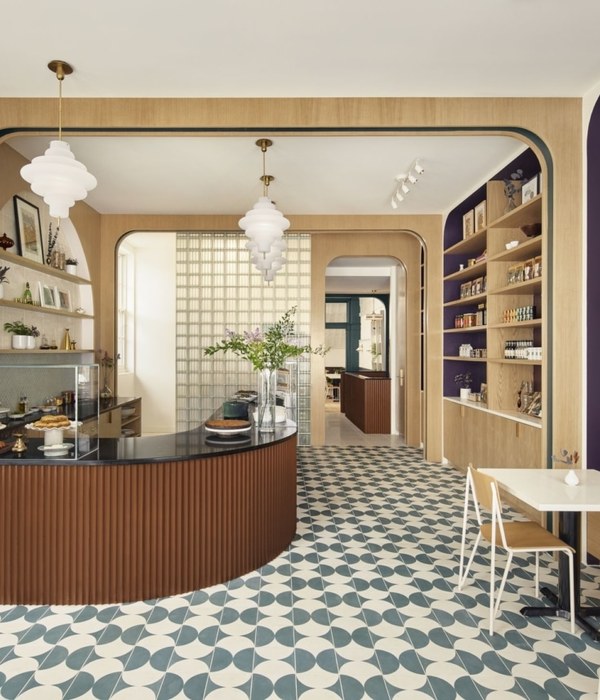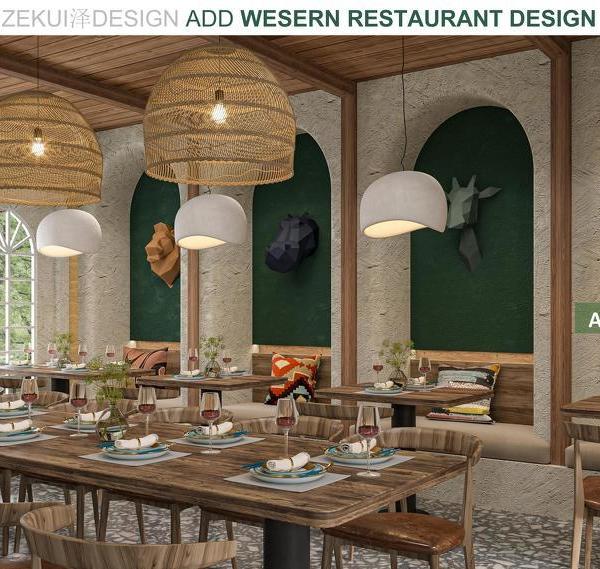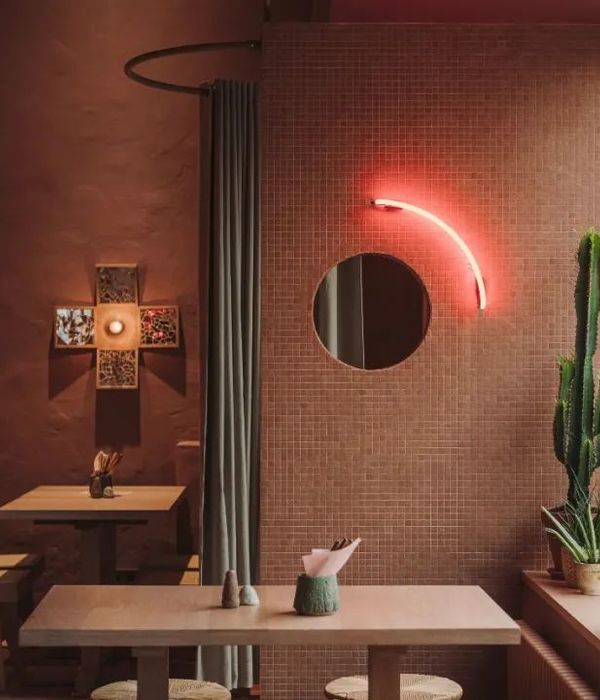"Rural architecture represents the first and immediate victory of man who draws his sustenance from the earth"
G. Pagano
In the heart of a territory historically devoted to wine production, an old abandoned farmhouse finds new life thanks to the bet of a young and enterprising agricultural entrepreneur. In this building, built almost 100 years ago by his grandfather, wine producer and merchant, Mauro Coni decided in 2015 to set up his own farm.
Home and Workshop
From the outset it is clear the will, of the client and the designer, to recover as much as possible of the original stone construction, albeit in the ascertainment of the greater economic commitment which it is facing far compared to a more economic demolition and reconstruction. But the roots are important and must be respected and handed down. An intense involvement with the genius loci guides the architectural project to strongly affirm the relationships still existing in the rural landscape between the natural system and anthropic activity, while establishing an empathic relationship with the landscape. The building is dry, characterized by materials and techniques historically present in the area. Wood, local stone, lime based plasters and brick are the materials chosen by virtue of their availability at very short range, all from the Lazio Region: the wood comes from the chestnut woods of Lariano, the sandstone from the site itself and from reuse of that coming from the demolitions, The handmade terracotta floors from the area of Viterbo, the concrete from the caves of Colleferro. The building is divided into two floors: the ground floor, connected to the green areas and the swimming pool, concentrates the restaurant business while the owner's home is located on the first floor.
Bioarchitecture
In adherence to the principles of green building, the main factors that were considered in the design of the building were the following: the local climatic conditions, the orientation of the building, the shading elements, the relationship between surface and volume and the arrangement of the locals. As a consequence of these factors, a new building was born, which incorporated a large part of the old one, characterized by a large wall mass so as to guarantee a high thermal inertia. The orientation on the North-South axis of the original building has been maintained so as to have the possibility of opening a large glass surface in the area most exposed to solar radiation and such as to ensure a significant energy gain in the winter season, as well as a splendid view of the landscape in an osmotic relationship between inside and outside. In order to protect the internal environments from summer overheating, the roof has been suitably advanced with respect to the edge of the glass facade in order to create a shaded area and avoid direct radiation of the internal environments. The latter are arranged in accordance with the passive building regulations, with the most heated rooms on the south side and the least heated ones on the north side, as a function of thermal bearings. The study of the windows follows the same principle, with large glass surfaces to the south and small windows to the north. The conditions of internal comfort are guaranteed by a radiant floor system for the seasonal air conditioning of the rooms, in addition to a careful arrangement of the openings capable, on the one hand, of capturing the summer breezes and conveying them into the rooms and, on the other side , to trigger the phenomenon of cross-ventilation useful for passive cooling. The heat exchange between interior and exterior, as well as the use of highly insulating materials, is limited by the compact shape of the building. A large single-pitched roof performs the dual function of covering and collecting rainwater which is suitably conveyed in special underground tanks for a total capacity of about 20,000 liters of water to be used for toilets and to irrigate green spaces. On this surface it will be possible to integrate a photovoltaic (PV) and one for the production of domestic hot water (DHW). The latter can be architecturally distinctive, configuring itself as a technological spoiler crowning the building.
{{item.text_origin}}

